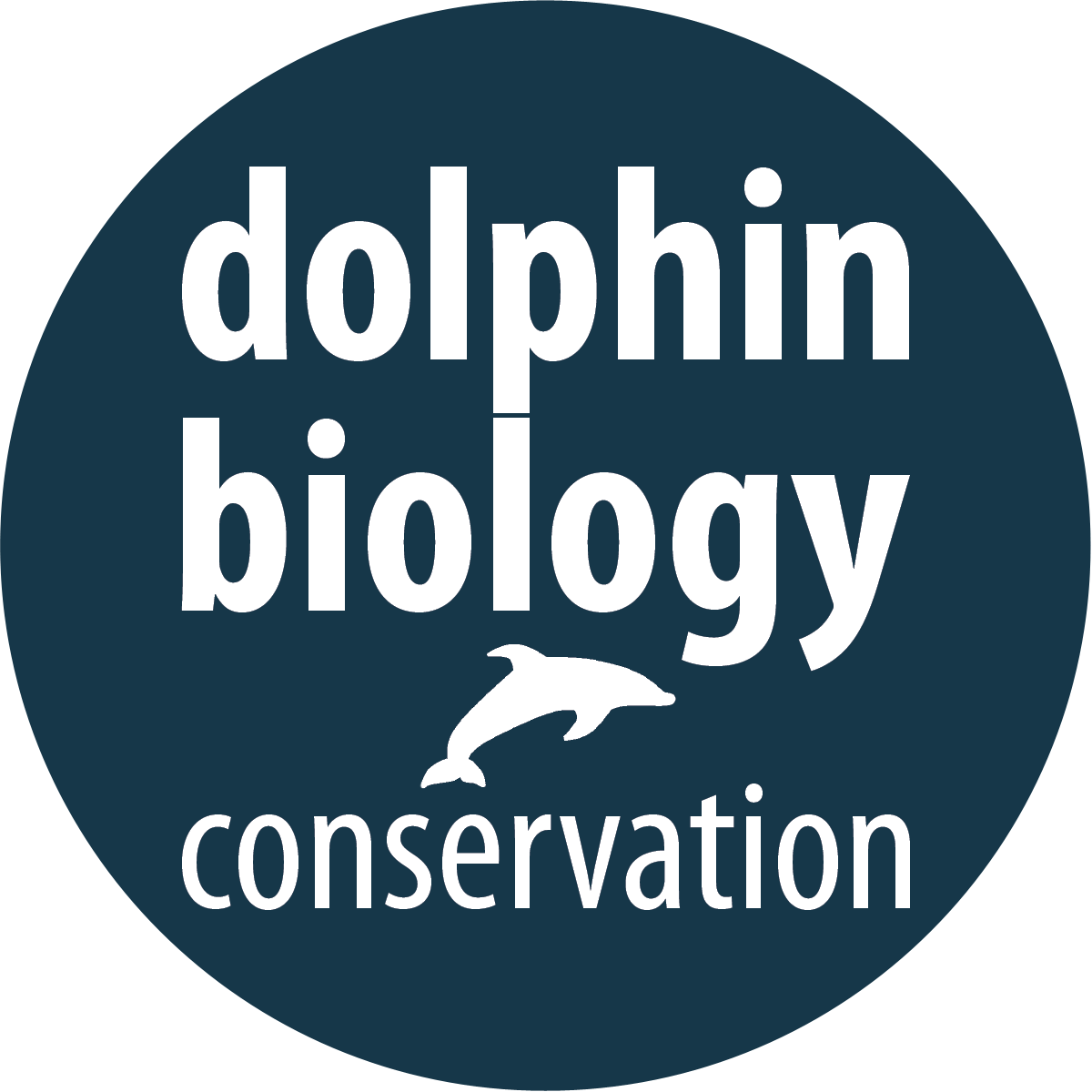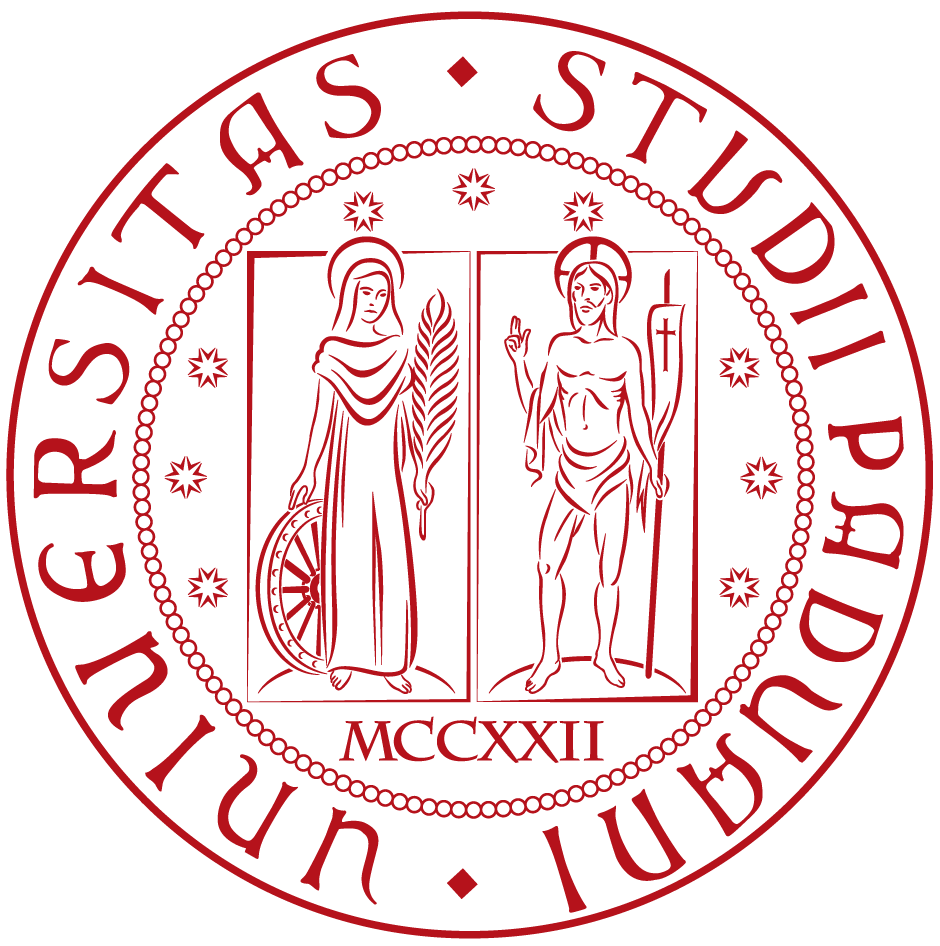Projects
Projects as the DivjaLabs Inc.
These are the projects we completed as a company since establishing DivjaLabs Inc, University of Ljubljana spinout company.
Genetic population size estimate of brown bears in Bulgaria (ongoing)
The first national-level genetic survey of brown bears in Bulgaria. Bear population size and sex structure will be estimated for the entire bear range in Bulgaria using noninvasive genetic sampling and citizen science. Samples of all detected bear mortality will also be used. Genotyping will be done with HTS genotyping-by-sequencing, population size will be estimated through capture – mark – recapture modelling. Client: Executive Environmental Agency, Republic of Bulgaria.
Croatian bear monitoring - genetic population size estimate of brown bears in Croatia (ongoing)
The second bear population size and sex structure estimate for the entire bear range in Croatia using noninvasive genetic sampling and citizen science. Samples of all detected bear mortality are also used. Genotyping is being done with HTS genotyping-by-sequencing, population size will be estimated through capture – mark – recapture modelling. client: Ministry of Agriculture of the Republic of Croatia.
SeaInsights – increasing capacity for conservation of biodiversity in Northern Adriatic (ongoing)
DivjaLabs is mainly involved in developing and implementing surveying of biodiversity using eDNA from sea water and DNA metabarcoding. We also developed new HTS genotyping-by-sequencing markers for bottlenose dolphins, and are exploring the possibility of noninvasive individual genotyping of this species through eDNA and DNA collected using drones from air blows. Funded by Interreg Slovenia Italy
Monitoring of the effective population size of the brown bear population in Croatia
We use genotypes from all mortality and include age data (tooth cross-section aging, data provided by the client) to monitor the dynamics of effective population size. Since 2021 new samples genotyped, data analyses run, and results reported annually. Client: Veterinary Faculty, University of Zagreb, Croatia.
Monitoring of the effective population size of the brown bears in Croatia
We use genotypes from all mortality and include age data (tooth cross-section aging, data provided by the client) to monitor the dynamics of effective population size. Since 2021 new samples genotyped, data analyses run, and results reported annually. Client: Carnivora Magna, Croatia.
Test of genotyping by high-throughput sequencing for a set of Marsican bear samples from Italy
Genotyping of a set of samples of the endangered Marsican bear population in Southern Apennines with new HTS genotyping-by-sequencing methods. Extended panel of 43 markers used, shown to perform very well and is highly variable even in this genetically depleted, inbreed population. Client: ISPRA, Italy.
Forensic genetic identification of the predator at livestock damages made by large carnivores
Ongoing routine service where we use forensic genetics to identify the predator species that caused a livestock damage using saliva collected around bite wounds. Approximately 250 samples analysed per year. Since 2022 we are performing this service as DivjaLabs Inc. Client: Slovenia Forest Service.
Genetic monitoring of large carnivores and red deer in Transylvania, Romania (ongoing)
Genetic monitoring program wolves, lynx, bear and red deer in a protected area in Transylvania. The project has evolved into a long-term monitoring program with several thousand genetic samples analysed to date. Sampling intensity for different species varies between years. Recently we also developed HTS genotyping-by-sequencing markers also for red deer, re-genotyped all individual animals detected in the previous sessions and are now switching to the new genotyping system also for this species. Client: Foundation Conservation Carpathia (RO).
Genetic monitoring of wolves in Slovenia (ongoing)
This is the current ongoing session of the Slovenian wolf genetic monitoring program. We use noninvasive genetic samples and samples of detected mortality and will produce capture-mark-recapture population size estimate to keep tracking population dynamics, sex structure of the population, spatial distribution of packs through pedigree reconstruction, and a survey of wolf-dog hybridization events. It will also provide yearly turnover data to track mortality/emigration and fecundity/immigration. Client: Ministry of Natural Resources and Spatial Planning of the Republic of Slovenia.
Slovenian bear monitoring - genetic population size estimate of brown bears in Slovenia
The third bear population size and sex structure estimate for the entire bear range in Slovenia using noninvasive genetic sampling and citizen science. Samples of all detected bear mortality were also used. Over a thousand volunteers participated in the study which was again a complete success and provided the third precise estimate of brown bear abundance in Slovenia. The project was finished and reported in November 2024, but while the results were released to the press, the full report is not yet publicly available. Client: Ministry of Natural Resources and Spatial Planning of the Republic of Slovenia
Development of a module for seamless transboundary sharing of genetic data for the MBase online wildlife monitoring portal
The module allows direct tracking of field data, genotyping process and genotype data for every sample. Designed to be used with the new genotyping-by-sequencing methods it allows automatic genotype calibration between laboratories, direct sharing of genotype and field data, and spatial visualization of the data including transboundary tracking of individual animals. Client: ARGE ALP (Alpine Convention – Austria, Germany, Italy, Switzerland)
Production of a Handbook for Monitoring of Large Carnivores in the Dinaric – Balkan – Pindos Region
Production of a comprehensive handbook about large carnivore monitoring, providing practical advice and examples and explaining new and cutting-edge approaches for monitoring of these species. Client: WWF Adria
Genomic analysis of suspect wolf-dog hybridization in the Netherlands
Genomic-level analysis of the hybridization status of wolves in Netherlands. Client: Provincie Gelderland, Nederland.
Genetic monitoring of wolves in Slovenia
This is the most recent completed session of the Slovenian wolf genetic monitoring program, and the first in which we fully switched to the new HTS genotyping-by-sequencing method. We re-genotyped all previously detected animals with the new method to ensure data continuity. We used noninvasive genetic samples and samples of detected mortality and produced capture-mark-recapture population size estimate to keep tracking population dynamics, sex structure of the population, spatial distribution of packs through pedigree reconstruction, and a survey of wolf-dog hybridization events. We also provided yearly turnover data to track mortality/emigration and fecundity/immigration. Client: Ministry of Natural Resources and Spatial Planning of the Republic of Slovenia.
Genetic survey of wolves (Canis lupus) in Croatia
The third national-level genetic survey of wolves in Croatia. It used noninvasive genetic sampling and citizen science for sample collection. Determination of the minimum population size and genetic diversity, evaluation of pack distribution using parentage analysis, detection of wolf-dog hybridization. The new HTS genotyping-by-sequencing method is used for genotyping. Sub-contracted by: Oikon Inc., Croatia
Monitoring of the effective population size of the brown bears in Slovenia
We used genotypes from all mortality and include age data (tooth cross-section aging, data provided by the client) to track the dynamics of effective population size between 2018 and 2022. Client: Ministry of Environment and Spatial Planning of Republic of Slovenia.
Test of genotyping by high-throughput sequencing for a set of wolf samples from Germany
A validation test for a set of reference samples of German wolves with new HTS genotyping-by-sequencing methods. Shown to work very well and provide reliable and consistent results. Client: Senckenberg Research Institute, Germany.
Diet analysis for Croatian wolves using DNA metabarcoding
A pilot project exploring wolf diet in Croatian landscapes using DNA metabarcoding analysis of field-collected wolf faecal samples. Client: WWF Adria
Projects completed at University of Ljubljana by the DivjaLabs team
References were transferred to DivjaLabs via a Knowledge Transfer Agreement with University of Ljubljana when DivjaLabs Inc. was established.
Life+ project “LIFE LYNX” – genetic rescue of the Dinaric lynx population
DivjaLabs team was leading the genetic research part of the project, including estimates of inbreeding, inbreeding depression, population genetic parameters, effective population size, monitoring of the population through noninvasive genetic sampling, and checking of parentage of the Carpathian lynx for translocation before they were released to the target population. We also constructed individual-based demographic/genetic models to simulate future development of the Dinaric lynx population and propose long-term conservation strategies and developed a large panel of HTS genotyping-by-sequencing markers for this species. The project won LIFE Award for Nature & Biodiversity (2025) and the LIFE Citizens Prize (2025) awards as the top project at the European level in both categories. Funded by the European Commission through the LIFE program.
LIFE WOLFALPS EU – Conservation of wolves in the Alps, continuation of the LIFE WOLFALPS project
A part of the project included tracking of dispersal of wolves from the Dinaric Mts. into the Alps using genetics, monitoring of wolf-dog hybridization in Slovenian Alps, development of a HTS genotyping-by-sequencing marker panel and promotion of standardization of this new method for wolf monitoring across the Alps. Within the project we also established the Genetic Wolf Alpine Group (gWAG) of wolf genetics experts from Alpine countries. Funded by the European Commission through the LIFE program.
Genetic monitoring of wolves (Canis lupus) in a study area in Slovakia (Tatra Mountains)
The pilot study grew into a local monitoring program that is being done every year. While the laboratory and data analysis was originally handled by the DivjaLabs team, this is currently continued as a doctoral project at University of Ljubljana. Funded by the Slovak Wildlife Society.
Genetic monitoring of large carnivores and red deer in Transylvania, Romania
Genetic monitoring of wolves, lynx, bear and red deer in a protected area in Transylvania, continuation of the 2012-2013 project. The project has evolved into a long-term monitoring program that is still going on (now directly through DivjaLabs), with several thousand genetic samples analyzed to date. Funded by Foundation Conservation Carpathia (RO).
Genetic survey of wolves (Canis lupus) in Croatia
The second national-level genetic survey of wolves in Croatia. It used noninvasive genetic sampling and citizen science for sample collection. Determination of the minimum population size and genetic diversity, evaluation of pack distribution using parentage analysis, detection of wolf-dog hybridization. The new HTS genotyping-by-sequencing method is used for genotyping. Contracted by Ministry of Commerce and Sustainable Development of the Republic of Croatia.
Monitoring of wolves in Slovenia
Intensive national wolf monitoring program, with genetic monitoring as the key component. Noninvasive genetic sampling is used to produce capture–mark–recapture population size estimates, pack distribution using pedigree reconstruction, tracking of wolf-dog hybridization, tracking of pack dynamics and social structure in Slovenian wolves. The monitoring is done annually until 2021 when it was switch to biannual schedule. The 2021/2022 session was skipped, and 2022/2023 session was already done with HTS genotyping-by-sequencing marker system through DivjaLabs Inc. (see below). Over 1800 samples analyzed. Funded by the Ministry of Environment of the Republic of Slovenia.
Life+ project “LIFE DINALP BEAR” – supporting the brown bear – human coexistence in Dinaric Mountains and the Alps
Among other actions the project included intensive genetic survey of brown bears in Slovenia, Croatia and transboundary areas in Italy and Austria. Population size and sex ratio estimate for the entire bear range in both countries using noninvasive genetic sampling and citizen science, involving thousands of volunteers. The project is the second cycle in genetic monitoring of brown bears in Slovenia and the first landmark study for Croatia. Included a study of effective population size dynamics and monitoring of brown bear population expansion towards the Alps. It is the first large wildlife study that used HTS genotyping-by-sequencing, within the study we genotyped 4672 noninvasive samples and 2022 tissue samples (mortality). The project was awarded “LIFE Award for Nature 2020” as the best LIFE Nature project completed that year at the European level. Funded by the European Commission through the LIFE program.
Genetic survey of wolves (Canis lupus) in Croatia
First national-level genetic survey of wolves in Croatia. It used noninvasive genetic sampling and citizen science for sample collection. Determination of the minimum population size and genetic diversity, evaluation of pack distribution using parentage analysis, detection of wolf-dog hybridization. Contracted by the Croatian Agency for Environment and Nature.
Genetic survey of brown bears in Bosnia and Herzegovina and Montenegro (pilot study)
Pilot project, genetic survey of brown bears in said countries. While the project was relatively small, it was the first such project in these countries and utilized HTS genotyping-by-sequencing markers. Funded by Euronatur (D).
Genetic survey of brown bears in the Prespa lake area (Albania, Northern Macedonia, Greece), pilot study
Pilot project, genetic survey of brown bears in the area. While the project was relatively small, it was the first such project in the area and utilized HTS genotyping-by-sequencing markers. Funded by Euronatur (D).
Life+ project “WolfAlps”–conservation of wolves in the Alps
The project also included intensive tracking of wolf expansion into the Alps using noninvasive genetic sampling and pedigree reconstruction. The project was awarded “LIFE Award for Nature 2019” as the year's top LIFE project in the Nature & Biodiversity category. Funded by the European Commission through the LIFE program.
Life+ project “SloWolf” – conservation of wolves in Slovenia
Included three years of intensive genetic monitoring of wolves over their entire range in Slovenia. First estimates of population size, dynamics, pack distribution through pedigree reconstruction, assessment of wolf-dog hybridization and population genetic parameters, over 1000 genetic samples collected and analysed. The methods developed here grew into the national genetic monitoring program for wolves in Slovenia that is being used to the present day. The project was awarded “The Best LIFE Nature Project 2014” as the best LIFE project completed that year at the European level and was a finalist for the Life Green Award (2017) during the LIFE programme 25-year anniversary celebration as one of the best projects during the 25 years of the LIFE programme. Funded by the European Commission through the LIFE program.
Genetic monitoring of wolves (Canis lupus) in a study area in Slovakia
The first such study in Slovakia that utilized noninvasive genetic sampling of wolves. Pack distribution through pedigree reconstruction, local abundance, genetic diversity parameters, wolf-dog hybridization assessment. Funded by the European Commission.
Genetic monitoring of brown bears, red deer and wolves in a protected area in Romanian Carpathians (Transylvania)
Individual tracking through genetics, estimates of minimum population size for all three species, pack distribution for wolves through pedigree reconstruction. A pilot study for genetic monitoring of the three species in the area that later grew into a monitoring program. Contracted by Foundation Conservation Carpathia (RO).
FP7 project HUNT – Hunting for sustainability
Slovenia-Croatia brown bear case study. Estimation of population dynamics parameters for brown bears using genetic parentage and relatedness data, effects of hunting on effective population size of brown bears. Funded by the European Commission through the 7th Framework Programme.
Computational tools for conservation genetics and genetic monitoring of brown bear (Ursus arctos)
Development of a method and software for correction of edge effect in genetic mark-recapture studies, development of a database application for ecological genetics. Funded by Slovenian Research Agency.
Analysis of bears removed from nature and molecular genetic research of the brown bear population in Slovenia
Population size and sex structure estimate and estimate of genetic diversity of brown bears in Slovenia using noninvasive genetic sampling and citizen science. 1057 samples collected and analysed. The first genetic survey of the entire population, the first landmark precise estimate of the brown bear population size with genetic capture mark recapture done over the entire brown bear range in Slovenia. This study is considered the first season of the national genetic monitoring program for brown bears in Slovenia that is being continued to the present day. Funded by Slovenian Environmental Agency.
Identification of bears in captivity using molecular genetics
Analysis of parentage and relatedness of bears kept in captivity in Slovenia using genetics. Funded by Slovenian Research Agency
Conservation Genetics of Bear, Lynx and Red Deer in Slovenia
Pilot study of brown bear ( Ursus arctos ) population density estimate in two pilot study areas using noninvasive genetic sampling. Funded by Slovenian Research Agency.
























